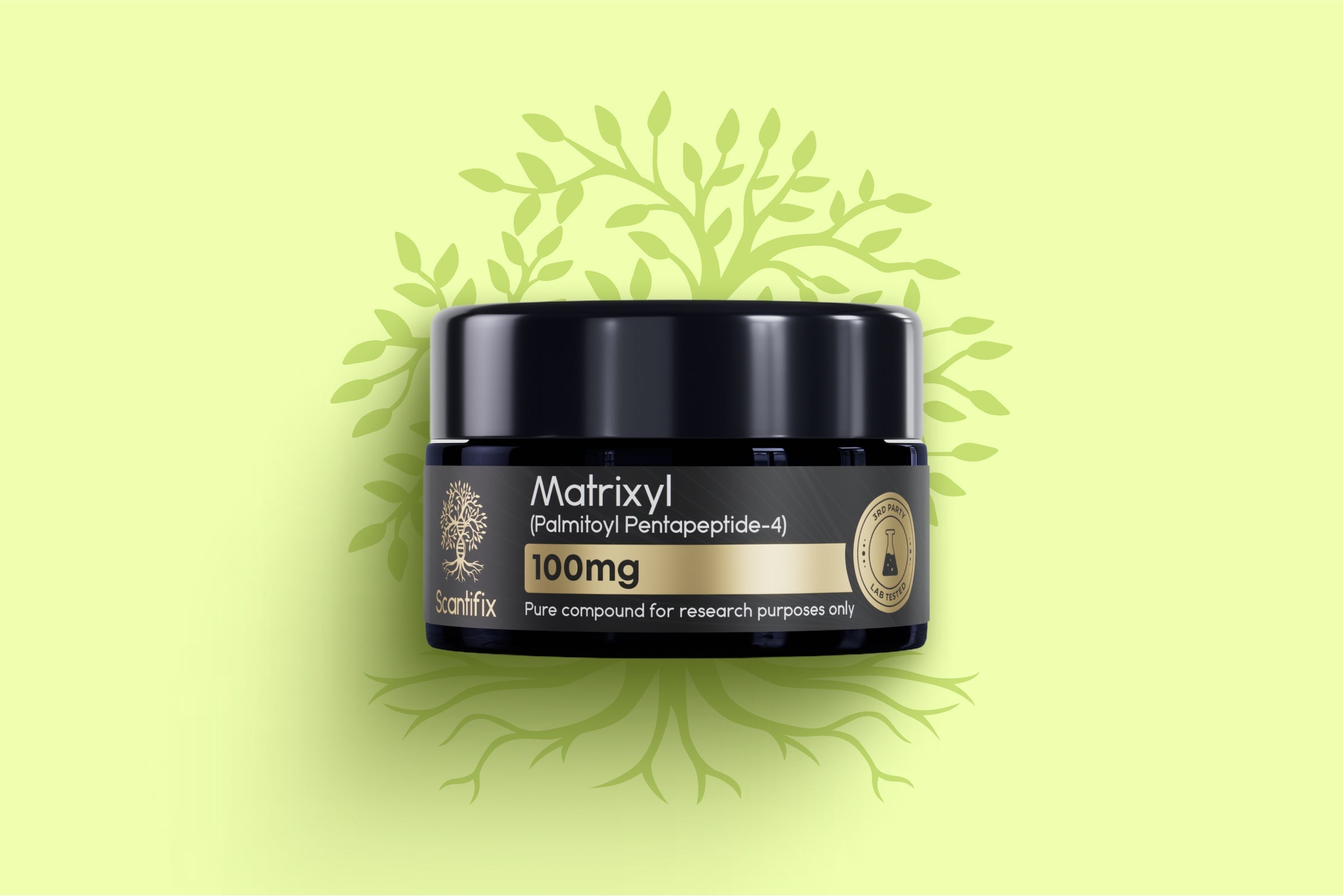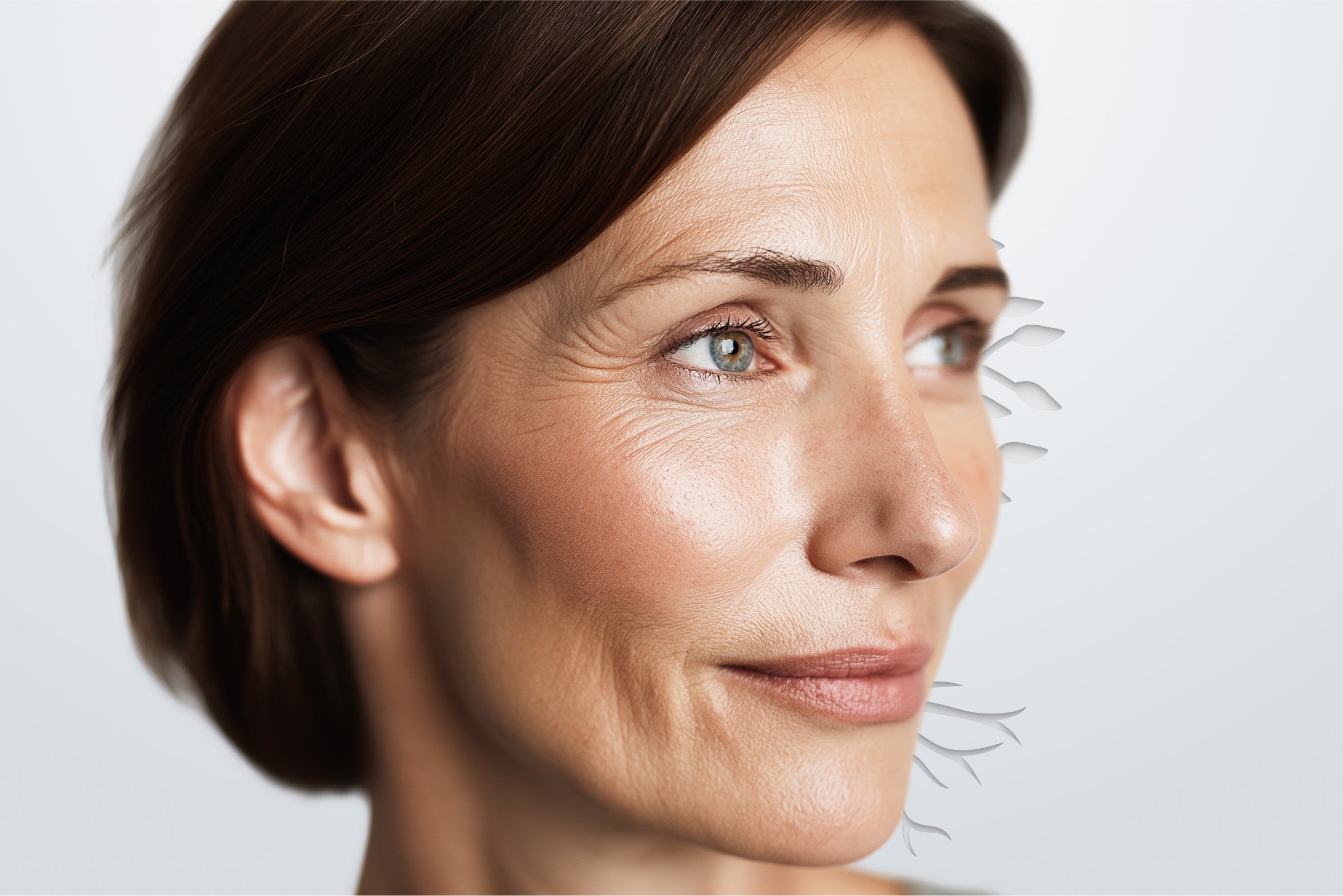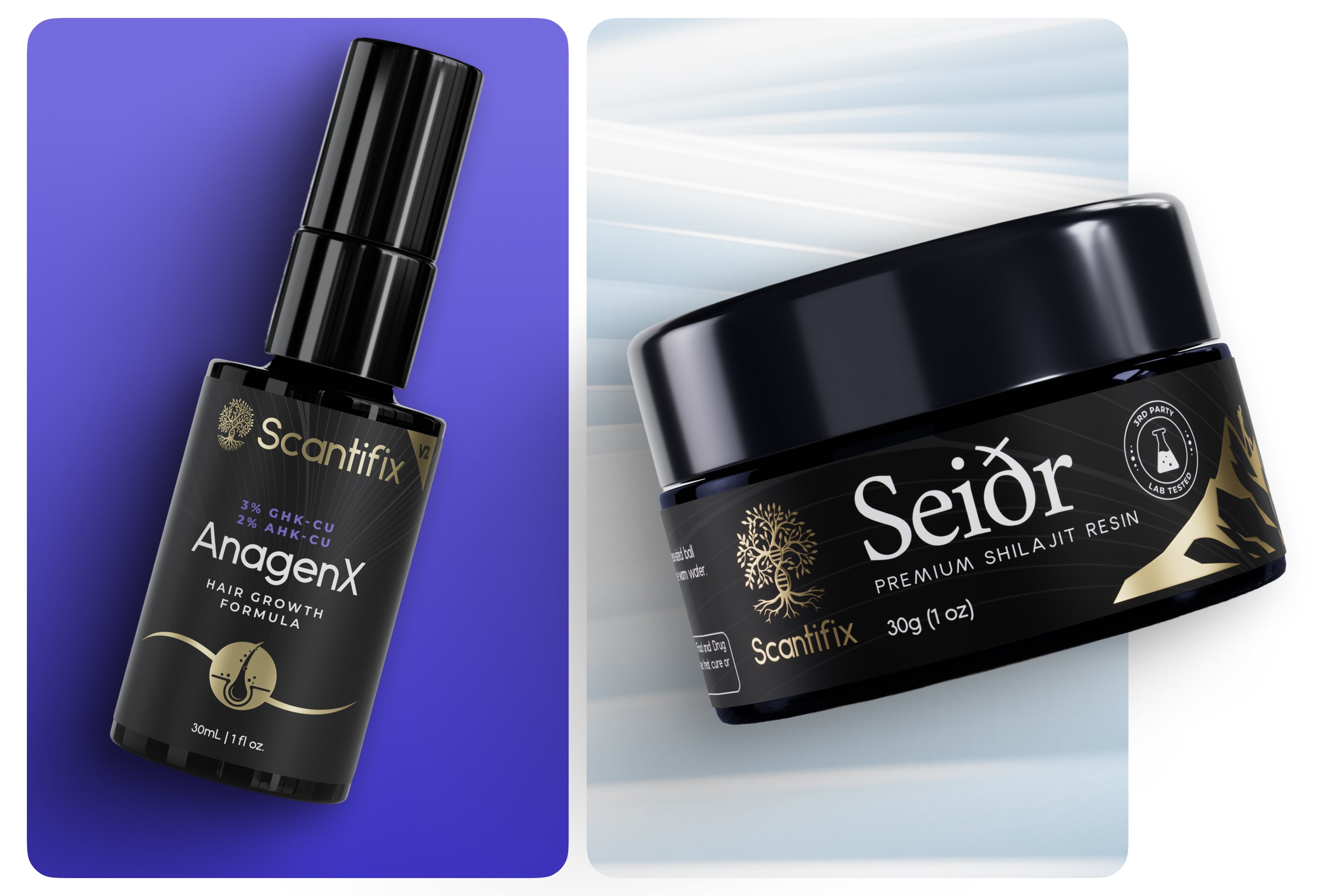Skin is a living, responsive barrier that constantly adapts to its environment. Changes in humidity, temperature, sunlight, and wind all play a role in how our skin looks and feels (Engebretsen et al.). As summer gives way to fall and winter, these shifts can be especially challenging.
The end of summer often leaves behind lingering sun exposure, while colder months bring dry air, wind, and indoor heating. Together, these transitions can strip away moisture, weaken the skin barrier, and make concerns like fine lines, redness, and uneven texture more visible.
The good news is that with the right approach, your skin can stay resilient. By understanding how weather impacts skin and adapting your care routines, it’s possible to maintain balance and support long-term health through every season.
Why Weather Matters for Skin Health
The skin barrier is your body’s first line of defense. It locks in hydration, protects against irritants, and helps regulate how your skin responds to the environment. When weather changes, the barrier is often the first to show signs of stress.
-
- Humidity: In summer, higher humidity keeps skin more hydrated, but as air becomes drier in fall and winter, water evaporates more quickly from the skin’s surface.
- Temperature: Heat expands blood vessels, sometimes causing redness, while cold constricts them, which may leave skin looking dull or uneven.
- UV exposure: Sunlight is strongest in summer, but UVA rays are present all year, accelerating aging and damaging collagen (Bernerd et al.).
- Wind and heating: Wind strips away protective oils, while central heating pulls moisture out of the air indoors.
The result is often dryness, irritation, or increased sensitivity. For those with pre-existing conditions like eczema or rosacea, seasonal changes can trigger flare-ups. Even if you don’t have a diagnosed condition, your skin likely feels these shifts in ways you notice day to day.
Transition from Summer to Fall
As summer fades, skin often carries the aftereffects of long months outdoors. Even with protective measures like shade, clothing, and sunscreen, cumulative UV exposure can lead to pigmentation, uneven tone, and early collagen breakdown.
Meanwhile, as temperatures drop, humidity decreases. This shift can leave skin feeling tighter and more dehydrated, particularly if you continue using the same lightweight products you relied on during the warmer months. Seasonal allergens also tend to peak in early fall, sometimes causing additional redness or irritation.
Common signs at this stage include:
-
- A rougher texture compared to the supple feel of summer skin
- Subtle patches of dryness, particularly around the cheeks and mouth
- Post-summer hyperpigmentation, like freckles or dark spots that appear more noticeable
- Sensitivity from alternating between warm outdoor air and cooler evenings
This is the moment when switching to more nourishing and repairing products becomes important. It’s also the time to start layering in barrier-supportive treatments that will carry you into winter.
Transition from Fall to Winter
Winter compounds these challenges. Cold air outdoors and dry heat indoors create a low-humidity environment that depletes skin’s moisture. At the same time, oil production slows down, which reduces your skin’s natural ability to protect itself.
The combination of dryness and barrier stress often leads to:
-
- Flakiness and rough patches
- Increased redness or irritation
- Fine lines and wrinkles appearing more prominent due to dehydration
- Loss of radiance or that “glow” you may associate with summer months
For many people, winter is the season when skin feels its most fragile. Supporting the barrier becomes critical, as does ensuring skin retains hydration throughout the day.
How Seasonal Shifts Affect Different Skin Types
Not everyone experiences weather changes in the same way. Your skin type plays a major role in how seasonal shifts appear:
-
- Dry skin: Already prone to dehydration, dry skin can become cracked or irritated, sometimes with visible flaking.
- Oily or combination skin: Paradoxically, colder weather may trigger excess oil production as the skin tries to compensate for dryness, leading to congestion.
- Sensitive skin: Prone to flare-ups when exposed to sudden changes in temperature, wind, or low humidity.
- Mature skin: Natural decreases in collagen, elastin, and oil production mean environmental changes may worsen visible lines and loss of firmness.
Understanding your baseline skin type helps guide how you adjust your routine for the seasons.
How to Support and Strengthen Skin During Seasonal Changes
Caring for skin through weather transitions requires a two-part approach: supporting the body’s natural resilience from within, and reinforcing the skin barrier with targeted topical strategies. Together, these steps provide a foundation for healthier, more adaptable skin no matter the season.
1. Build a resilient foundation through daily habits
Skin reflects overall health, and simple lifestyle shifts go a long way toward stability. Drinking enough water helps maintain hydration, while pairing it with products that seal in moisture prevents transepidermal water loss. Sleep is another cornerstone — during deep rest, the body carries out repair processes that renew the skin barrier. Chronic stress elevates cortisol levels, which weakens the skin’s defenses and contributes to inflammation by impairing barrier repair and activating inflammatory pathways in human skin (Choe et al., 2018). Nutrition also plays a key role: diets rich in omega-3 fatty acids, antioxidants, and vitamins A, C, and E give skin the building blocks it needs to recover from environmental stressors (Cosgrove et al., 2007).
2. Strengthen and repair the barrier with proven ingredients
Topical care adds an extra layer of protection during seasonal shifts. Barrier-supportive peptides such as Matrixyl help maintain structural proteins, enhance hydration, and support skin barrier repair by stimulating collagen synthesis (Mao, 2025). Collagen-boosting peptides like Syn-Coll encourage elasticity and firmness by promoting collagen synthesis and dermal remodeling in human skin (Pai et al., 2017). For targeted repair, GHK-Cu may be used to help restore resilience, as it has been shown in human studies to stimulate collagen and elastin production, support wound healing, and enhance skin firmness (Dou et al., 2020). Pairing these peptides with ceramides and fatty acids ensures that hydration stays locked in.
3. Hydrate strategically
As humidity drops, skin benefits from humectants such as hyaluronic acid and glycerin, which draw water into the outer layers. These should be layered beneath richer creams or occlusive agents, which prevent moisture from escaping. This one-two approach both replenishes and preserves hydration, helping skin feel supple even in dry conditions.
4. Use technology to enhance renewal
Weather changes can leave skin sluggish, but advanced treatments help restore balance. Red light therapy supports collagen production and calms inflammation by stimulating fibroblast activity and improving dermal matrix structure (Wunsch & Matuschka, 2014). Another treatment, microneedling, boosts cell turnover and increases the absorption of active ingredients. Studies show it enhances dermal remodeling and stimulates collagen and elastic fiber production, especially when paired with bioactive topicals like peptides (Lee et al., 2014). These technologies complement a peptide-based routine and accelerate the skin’s own repair processes.
5. Protect daily against UV exposure
Even in fall and winter, UVA rays penetrate clouds and windows. Prioritize mechanical protection such as hats, clothing, and shade, and make mineral-based sunscreen an equally important line of defense. Consistent protection prevents cumulative sun damage, which remains one of the most significant drivers of premature aging.
6. Adjust your environment
Finally, small household habits make a difference. Using a humidifier helps restore indoor moisture, while choosing gentle, non-stripping cleansers prevents the skin barrier from becoming further compromised. Avoiding long, hot showers also minimizes irritation and dehydration.
Together, these practices form a complete framework for seasonal resilience: lifestyle choices set the stage for recovery, while peptides, hydration, protective habits, and advanced tools ensure the skin barrier stays strong.
Building a Flexible Routine
You don’t have to replace your products every season to create a flexible routine. You just have to know when and how to adjust the way you use them. Think of your skincare like a wardrobe: the essentials stay the same, but you layer differently depending on the conditions.
-
- Seasonal adjustments: In humid months, lighter layers may be enough. As the air dries out, increase richness and frequency of moisturizing steps.
- Day vs. night: Protect in the morning with antioxidants and UV defenses, then focus on repair and replenishment in the evening.
- Listen to your skin: If you notice tightness, redness, or increased oiliness, those are cues that your skin is adapting to the environment and your routine should adapt with it.
By treating skincare as a responsive practice rather than a fixed checklist, you give your skin the flexibility it needs to stay balanced throughout the year.
When to Seek Professional Support
Sometimes at-home strategies aren’t enough. Consider professional guidance if you notice:
-
- Persistent eczema or psoriasis flare-ups
- Painful cracking or bleeding from dryness
- Severe acne that worsens with seasonal change
- Dark spots or pigmentation that do not fade with over-the-counter care
Dermatologists can provide targeted treatments, from prescription creams to in-office therapies, to help restore balance and prevent long-term damage.
Final Thoughts: Weather Changes Are Inevitable, Resilient Skin Is Possible
The seasons will continue to change and your skin will continue to respond. The difference lies in how you support it. By strengthening your barrier, maintaining hydration, and adapting your skincare strategies, you can keep your skin healthy, comfortable, and radiant throughout the year.
Resisting change doesn't help you achieve resilient skin. It comes when you embrace the situation with flexibility and care. With thoughtful adjustments, your skin can transition smoothly from summer to fall and winter, staying strong and balanced no matter what the weather brings.
If you’re looking to add barrier-supportive peptides or tech-based treatments like red light therapy or microneedling to your routine, Scantifix has you covered with thoughtful, science-backed solutions you can trust.
Resources
Bernerd, F., Marionnet, C., & Duval, C. (2022). Understanding UVA1-induced skin responses: Beyond UVB effects. International Journal of Molecular Sciences, 23(15), 8243. https://www.mdpi.com/1422-0067/23/15/8243
Choe, S. J., Choi, M., Ki, S. H., Shin, D. W., & Chun, Y. J. (2018). 11β-HSD1 inhibition improves skin function in a mouse model of chronic stress. Scientific Reports, 8, 6334. https://www.nature.com/articles/s41598-018-24653-z
Cosgrove, M. C., Franco, O. H., Granger, S. P., Murray, P. G., & Mayes, A. E. (2007). Dietary nutrient intakes and skin-aging appearance among middle-aged American women. The American Journal of Clinical Nutrition, 86(4), 1225–1231. https://pubmed.ncbi.nlm.nih.gov/17921406/
Dou, J., Zhao, Y., Zhang, Y., Zhang, H., Zhang, L., & Bai, Y. (2020). GHK-Cu in cosmetics: Review of biology and clinical effects. Cells, 9(9), 2194. https://www.ncbi.nlm.nih.gov/pmc/articles/PMC8789089/
Engebretsen, K. A., Kezic, S., Jakasa, I., Posa-Markaryan, K., Grimstad, Ø., Thoresen, M., & Thyssen, J. P. (2016). The effect of environmental humidity and temperature on skin barrier function and dermal inflammation in healthy humans: A systematic review. Journal of the European Academy of Dermatology and Venereology, 30(2), 223–249. https://onlinelibrary.wiley.com/doi/abs/10.1111/jdv.13301
Lee, W. R., Shen, S. C., Al-Suwayeh, S. A., Yang, H. H., & Fang, J. Y. (2014). Skin permeation enhancement by microneedle pretreatment: A comparative study of macromolecules and nanoparticles. Annals of Dermatology, 26(5), 584–592. https://synapse.koreamed.org/upload/synapsedata/pdfdata/0140ad/ad-26-584.pdf
Mao, Y. (2025). Review on palmitoyl pentapeptide (Matrixyl) in skin care applications. Modern Health Science, 5(1), 15–22. https://j.ideasspread.org/index.php/mhs/article/view/660
Pai, V. V., Bhandari, P., & Shukla, P. (2017). Topical peptides as cosmeceuticals. Indian Journal of Dermatology, Venereology and Leprology, 83(1), 9–17. https://ijdvl.com/content/126/2017/83/1/Images/ijdvl_2017_83_1_9_186500.pdf
Wunsch, A., & Matuschka, K. (2014). A controlled trial to determine the efficacy of red and near‐infrared light treatment in patient satisfaction, reduction of fine lines, wrinkles, skin roughness, and intradermal collagen density increase. Photomedicine and Laser Surgery, 32(2), 93–100. https://www.liebertpub.com/doi/abs/10.1089/pho.2013.3616






Leave a comment
All comments are moderated before being published.
This site is protected by hCaptcha and the hCaptcha Privacy Policy and Terms of Service apply.